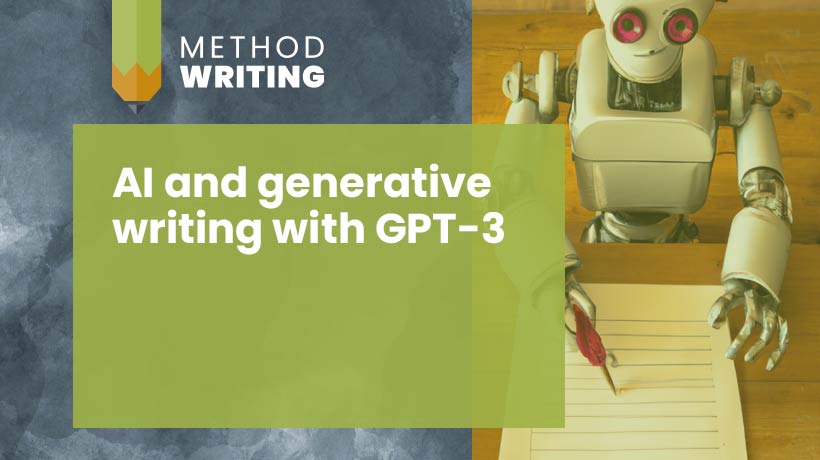Writing tips from Shakespeare: Lancaster University language detectives
Shakespeare the writer is fascinating. What techniques did he use? How did he create his effects? What can you learn for your own writing? As a playwright, I’ve always been curious, and was hugely excited to get the chance to go to Lancaster University’s amazing Summer School in Corpus Linguistics, and find out about research going on into Shakespeare’s use of language.
Imagine forensic detectives sifting through Shakespeare’s words for clues – that’s essentially what the Shakespeare’s Language team under Professor Jonathan Culpeper are up to. Their Shakespeare Encyclopedia is changing the way we think about the beloved bard. It’s discovering amazing new insights from deep computer analysis of his language.
There are lots of myths surrounding Shakespeare, and Prof Culpeper successfully debunked a few of them. Was Shakespeare’s vocabulary exceptionally huge? Not really – he just wrote more plays, and had a long life to do it in! Using the Shakespeare corpus (aka digitised body of text) alongside other writing from the period, the Lancaster team have analysed the playwright’s vocabulary diversity. They’ve discovered that he was no more eloquent than many other writers.
Shakespeare the writer – a corpus look at writing technique
So what can corpus techniques reveal about writing? I was stunned to see a comparison of Shakespeare with modern playwrights revealing a different audience relationship. Prof Culpeper showed that Shakespeare’s characters have a tendency towards the declamatory ‘I’, suggesting an ‘out-to-audience’ viewpoint. Modern characters, by contrast, showed more Q&A among themselves, suggesting the audience was ‘overhearing’ them. A very different connection!
Another comparison between Romeo and Juliet revealed different mindscapes. Romeo typically talked about outward appearance and love. Juliet was meanwhile more inward, and used words showing uncertainty and possibility – or, if, could, yet, subjunctive be. The Lancaster linguists found that Shakespeare mentioned love and animals more in the comedies than the tragedies. He used the seemingly unimportant word ah most in the history plays. Why? Because it’s a good attention signal? Because it projects well in a theatre space?
What can writers learn?
This got me wondering. I was fascinated by the potential to see Shakespeare in new ways, and also by the potential for learning about writing. For example, what if you could see that your character uses a lot of ‘I’ and ‘my’? War metaphors? Formal, distant language? Or maybe they’re over-prone to asking questions? What could you learn about their viewpoint, mindset and status? How could you use your understanding to sharpen the focus of your writing?
Of course, text and script analysis isn’t new. Writers and actors have always done close reading to understand writing better, and hone their techniques. What’s new is the scale and speed of analysis, and the ability to step back and get a distance overview. It still takes humans to interpret the findings, but they can now cover far more ground.
Make your own text visualisation
It’s early days for using corpus techniques in writing, but watch this space! In the meantime, you can make your own simple text visualization using WordArt. This ‘Wordle’ app gives a visual representation of the words in a text, showing the most frequent words in a bigger font size. So under the hood, these fun images are created by using numerical text data to create a visualization. Have a go!
Huge thanks to Lancaster University UCRELS and CASS for a wonderful summer school. Thanks also to The Open University for helping me to get there!



